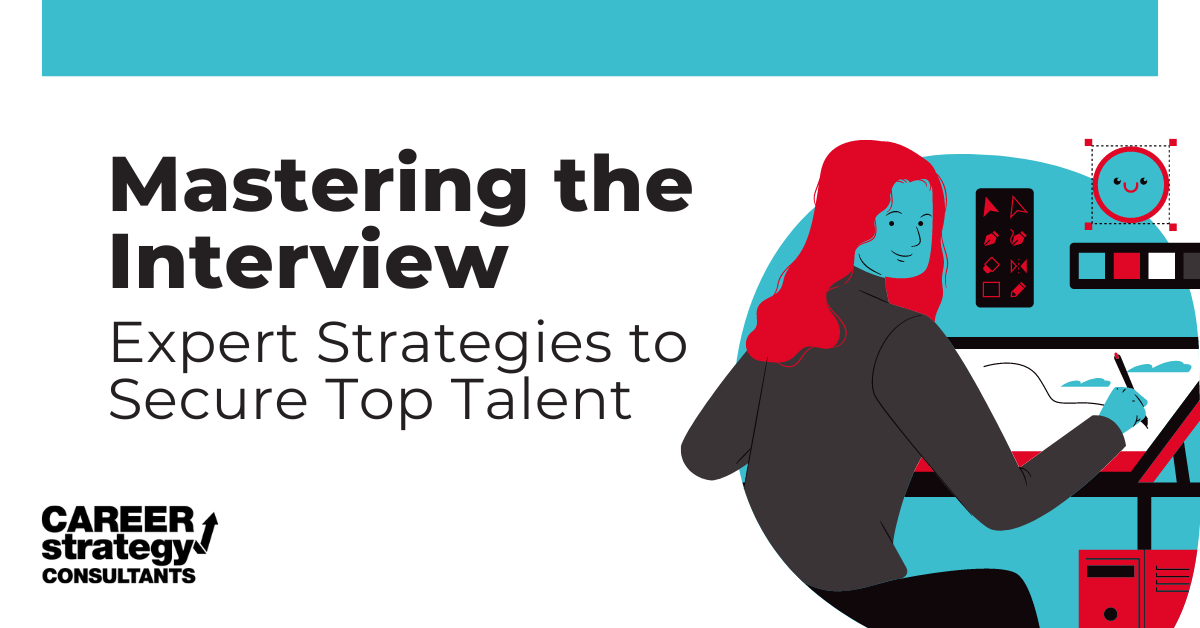Introduction
In the competitive world of manufacturing, finding the right talent is crucial for maintaining efficiency, innovation, and growth. Career Strategy Consultants (CSC) understands the unique challenges faced by manufacturing companies and has developed tailored staffing and recruiting services to address these needs. With a proven track record of success in placing key positions across various departments, we help manufacturing companies thrive by connecting them with top-tier talent.
Understanding the Manufacturing Industry’s Staffing Needs
The manufacturing industry is diverse and dynamic, encompassing a wide range of sectors from metals and plastics to automotive and heavy machinery. Each sector has specific requirements and challenges, making it essential for staffing solutions to be customized and targeted. At CSC, we specialize in providing staffing and recruiting services for critical roles in:
- Engineering
- Finance and Accounting
- Human Resources (HR)
- Operations
- Quality Assurance
- Sales
- Information Technology (IT)
Our approach ensures that we understand the unique demands of each role and sector, enabling us to deliver candidates who not only have the right skills but also fit seamlessly into the company culture.
Engineering: Driving Innovation and Efficiency
Engineering roles are at the heart of manufacturing, driving innovation and ensuring the efficient operation of production processes. Our expertise in recruiting engineers spans various disciplines, including mechanical, electrical, chemical, and industrial engineering. By leveraging our extensive database and industry connections, we identify candidates who excel in:
- Design and Development: Creating innovative products and improving existing ones.
- Process Engineering: Optimizing manufacturing processes for maximum efficiency.
- Project Management: Leading projects from conception to completion, ensuring they are delivered on time and within budget.
One of our notable successes includes placing a VP of Engineering for an automotive manufacturer, who has since led several innovative projects and streamlined engineering processes.
Finance and Accounting: Ensuring Financial Health
Financial health is critical for the sustainability and growth of manufacturing companies. We specialize in placing finance and accounting professionals who bring expertise in:
- Financial Planning and Analysis: Providing insights to support strategic decision-making.
- Cost Accounting: Managing and reducing production costs to improve profitability.
- Compliance and Reporting: Ensuring adherence to financial regulations and accurate financial reporting.
Our placement of a Controller for a leading manufacturing firm resulted in improved financial oversight and strategic financial planning, contributing significantly to the company’s growth.
Human Resources: Building Strong Teams
Human Resources (HR) is essential for managing the workforce and fostering a positive work environment. Our HR placements focus on professionals who excel in:
- Talent Acquisition: Attracting and retaining top talent.
- Employee Relations: Promoting a healthy and productive work environment.
- Training and Development: Enhancing employee skills and performance.
Our successful placement of a VP of HR at a major manufacturing company led to the development of robust training programs and improved employee satisfaction and retention.
Operations: Ensuring Smooth Production
Operations roles are vital for the day-to-day running of manufacturing facilities. We place operations professionals who specialize in:
- Production Management: Overseeing production processes to ensure efficiency and quality.
- Supply Chain Management: Managing the flow of materials and products.
- Logistics: Coordinating the transportation and storage of goods.
A notable success story involves our placement of a VP of Operations who implemented process improvements that significantly increased production efficiency and reduced costs.
Quality Assurance: Ensuring Product Excellence
Quality Assurance (QA) professionals are essential for maintaining high standards of product quality. We place QA experts who specialize in:
- Quality Control: Monitoring production processes to ensure product quality.
- Continuous Improvement: Implementing strategies to enhance product quality and reduce defects.
- Regulatory Compliance: Ensuring products meet industry standards and regulations.
Our placement of a Chief Metallurgist for a steel manufacturing client brought significant improvements in product quality and process efficiency.
Sales: Driving Revenue Growth
Sales professionals are crucial for generating revenue and driving business growth. We place sales experts who excel in:
- Business Development: Identifying and pursuing new business opportunities.
- Account Management: Building and maintaining strong relationships with clients.
- Market Analysis: Understanding market trends and customer needs.
A notable success includes our placement of a Director of Sales who significantly increased the company’s market share and revenue.
Information Technology (IT): Supporting Technological Advancements
IT roles are vital for supporting the technological infrastructure of manufacturing companies. We place IT professionals who specialize in:
- System Administration: Managing and maintaining IT systems and networks.
- Cybersecurity: Protecting company data and systems from cyber threats.
- Software Development: Developing custom software solutions to support manufacturing processes.
Conclusion
At Career Strategy Consultants, we are dedicated to providing tailored staffing and recruiting services that meet the unique needs of the manufacturing industry. Our success stories across various departments highlight our commitment to delivering top-tier talent that drives business success. If you are looking for expert staffing solutions that can elevate your manufacturing operations, partner with us today.
Ready to find the perfect candidates for your manufacturing company? Partner with us and subscribe to our monthly newsletter to stay updated with the latest insights and opportunities in staffing and recruiting. By implementing these strategies, we ensure that your manufacturing company has access to the best talent in the industry. Contact us today to learn more about how we can support your staffing needs.
Legal Disclaimer: This blog is for informational purposes only and does not constitute legal advice. Employers should consult with an attorney to address specific legal concerns and ensure compliance with applicable laws.





















